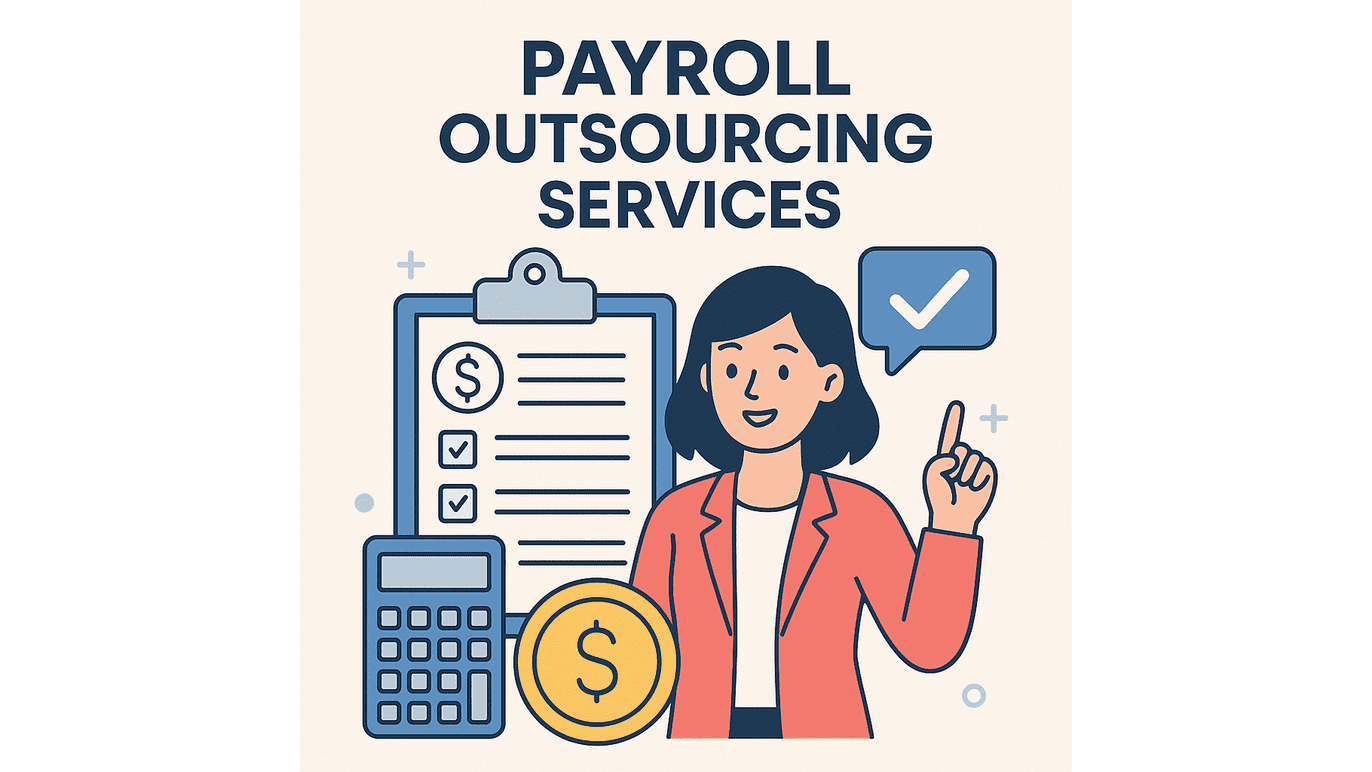
When it comes to buying or refinancing a property, knowing about LVR is crucial. This simple acronym will help you understand how much you can borrow, how to get the best interest rates, and what risks might be involved. Here’s everything you need to know about LVR.
Get professional advice at Nfinity Financials.
What is LVR?
LVR stands for Loan-to-Value Ratio. It’s the percentage of the loan amount compared to the property’s value. If your LVR is 80% or below, you might qualify for lower interest rates and smaller repayments. If your LVR is above 80%, you might need to pay for Lender’s Mortgage Insurance (LMI) or have a family member act as a guarantor to minimize risk.
How to Calculate LVR
Calculating LVR is straightforward. Divide your loan amount by the property’s appraised value, then multiply by 100 to get the percentage.
What Isn’t Included When Calculating LVR?
When calculating LVR, don’t include upfront charges like conveyancing, stamp duty, or other out-of-pocket expenses. Focus only on the loan amount and the property value.
Example of Calculating LVR
Suppose you’re buying a house for $500,000 and have saved $100,000 for the deposit. You plan to borrow $400,000. The calculation is: LVR=($400,000 loan$500,000 property value)×100=80%LVR=($500,000 property value$400,000 loan)×100=80%
If you save $150,000 for the deposit, your LVR would be 70%. If you save $50,000, your LVR would be 90%.
Borrowing Above or Below 80% LVR
The 80% mark is significant. It influences your borrowing terms and risks.
Borrowing Up to 80% LVR
When you borrow up to 80% LVR, lenders consider you less risky, often offering better rates. You also avoid LMI and can benefit from a simpler valuation process.
Borrowing More Than 80% LVR
For LVRs above 80%, lenders typically require LMI to mitigate the higher risk. LMI is an insurance premium added to your loan balance. Higher LVRs often mean higher interest rates and more thorough valuation processes.
LMI Waivers
In some cases, LMI can be waived through government schemes, specific lender policies, or if you belong to certain professions.
Handling Lower-than-Expected Valuations
If a lender appraises your property at a lower value than expected, you might need to increase your deposit or consider a higher LVR. For instance, if a $500,000 property is appraised at $450,000, the lender might only offer 80% of the lower value ($360,000), requiring a larger deposit.
Is Paying LMI Worth It?
Paying LMI might be worthwhile if it helps you buy a home sooner. The cost of LMI could be less than the potential increase in property prices over time.
Ways to Lower Your LVR
You can lower your LVR by increasing your deposit or having a guarantor. A guarantor uses their home equity to secure your loan, potentially eliminating the need for LMI.







